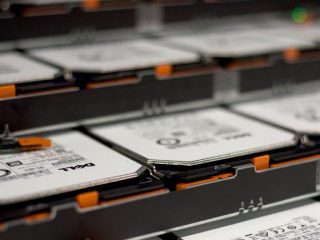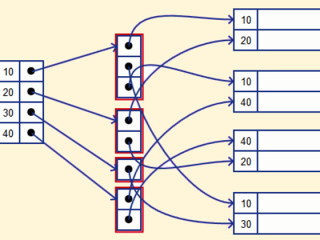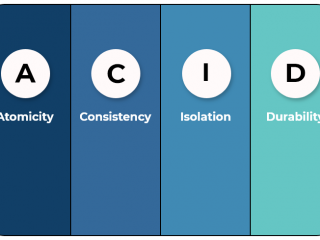Pros and Cons of Using UUID as Primary Key in Postgres
When designing a database in Postgres, one of the crucial decisions to make is choosing the primary key for your tables. Traditionally, many developers use serial (auto-incrementing integers) as primary keys. However, there’s an increasing trend in using universally unique identifiers (UUIDs) as primary keys. Each approach has its pros and cons, and in this…




